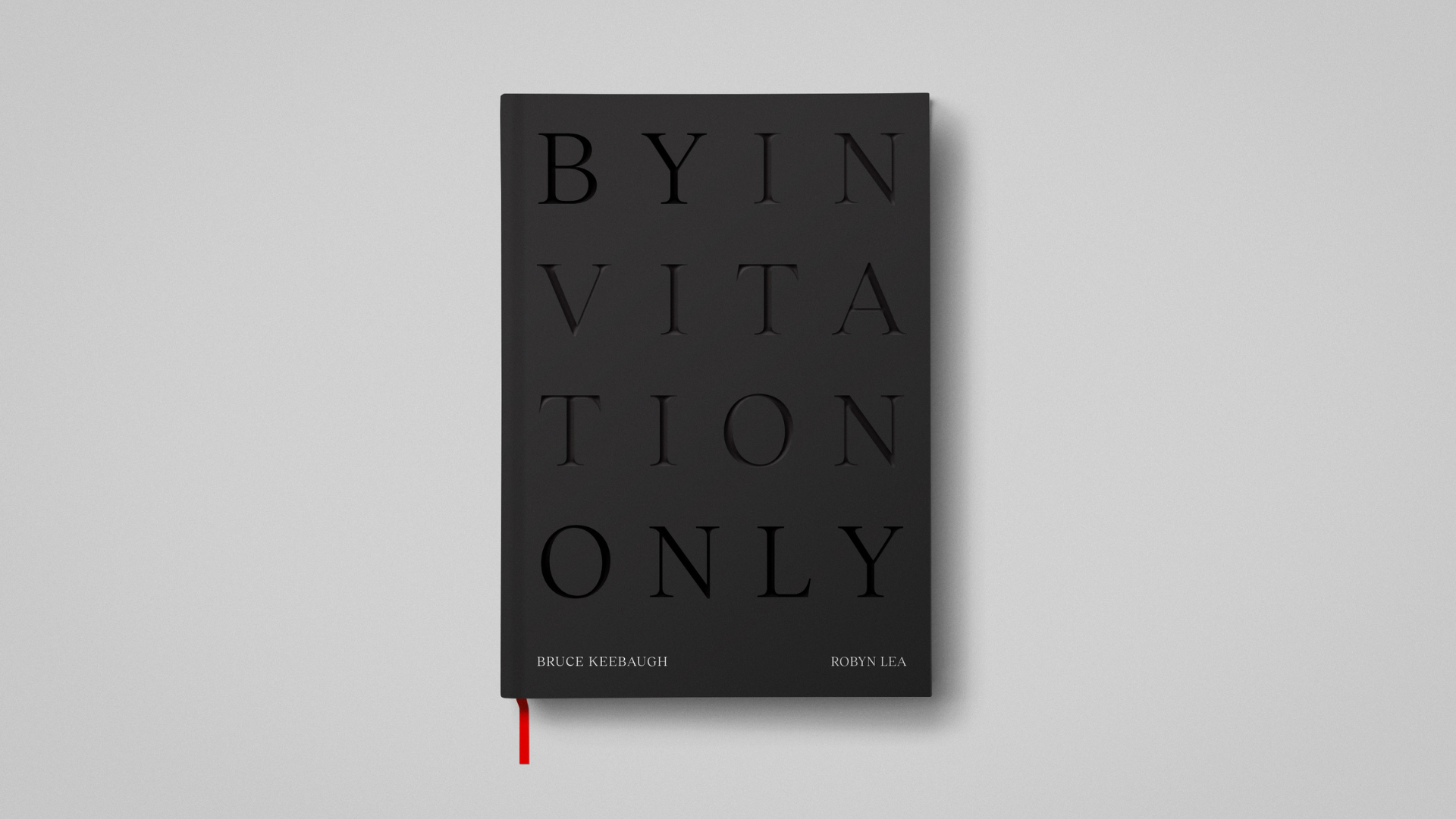Amid all the Open AI drama, ChatGPT voice is here

THERE HAS has been so much Open AI D-R-A-M-A go down this week, that it’s been hard for even tech journalists to keep up. To get you up to speed, the latest news arrives that ousted Open AI co-founder and CEO, Sam Altman, who was fired by the company last Friday for alleged ‘lack of candour’, is back. After leaving, Altman joined Microsoft, the AI firm’s major backer, but has since been reinstated after almost all of the startup’s 770 employees signed a letter in protest of Altman’s firing, threatened to leave and called for the board’s resignation. But since then, a new board has been implemented at Open AI and Altman is back in the CEO chair, with Microsoft’s support. So with that over (at least for now), and the fallout of the situation still to be assessed, we can all move on to more interesting things for us civilians: Chat GPT’s new AI voice bot.
What is ChatGPT voice?
The new feature, which has been rolled out to all users—of which Open AI claims there are now 100 million active weekly—will now allow you to use vocal-based prompts to talk to the ChatGPT chatbot. Yes, in the same way you would a text but, more natural. It’s part of a bigger rollout that Open AI says now gives ChatGPT the ability to ‘see, hear and speak.’ And in addition to the voice feature, the ‘see’ element means that ChatGPT-4’s image recognition (only available to ChatGPT-4 users), will be able to understand and reiterate information about an image—including things like landmarks and artworks.
How do you use the chatbot?
You can use the technology right now on the ChatGPT app. Simply update your app, press the headphones icon and select your preferred voice, of which there are five to choose from. It sadly doesn’t compete with the wide array of Siri accents, it does, however, do a great great job of humanising the technology while also understanding the Australian accent fairly well, unlike some other AI chat tools out there. At the moment, it can only converse in English, but many AI experts have pointed out that it won’t be too far in the future when this technology will be able to understand more complex language models and converse, translate and dictate in other languages.

Why is this a game-changer?
There are so many use cases for a talking info bot. For one, the new voice feature opens the door for those with accessibility needs, such as visual impairments or limited mobility. It also means you can ask it questions on the go. Another fun use case is the story feature—I asked it to tell me a bedtime story about a dinosaur and it dictated back a lovely little tale about a dinosaur called Dino who lived with his friends in Sleepy Valley. I also asked it to tell me a fictional tale about what my dog does when I’m not home—and according to ChatGPT, my dog is an adventurer who watches squirrels all day. So for kids and parents, there’s that. I asked it to read out a recipe for the perfect salad sandwich for my lunch today; I asked it to read out a shopping list for baking a cake and I asked it to tell me what I needed to do in the gym today to workout my biceps. In a professional sense, by far the best feature is that now, if you’re in the habit of asking ChatGPT to write emails for you or draft important documents, the chatbot will simply dictate to you while you type. The new technology shines when it comes to making processes smoother and more efficient, especially if you’re needing to communicate necessary edits as you go. All very helpful and hands-free.
Related:
In pursuit of the perfect jawline, men on TikTok are smashing their faces























